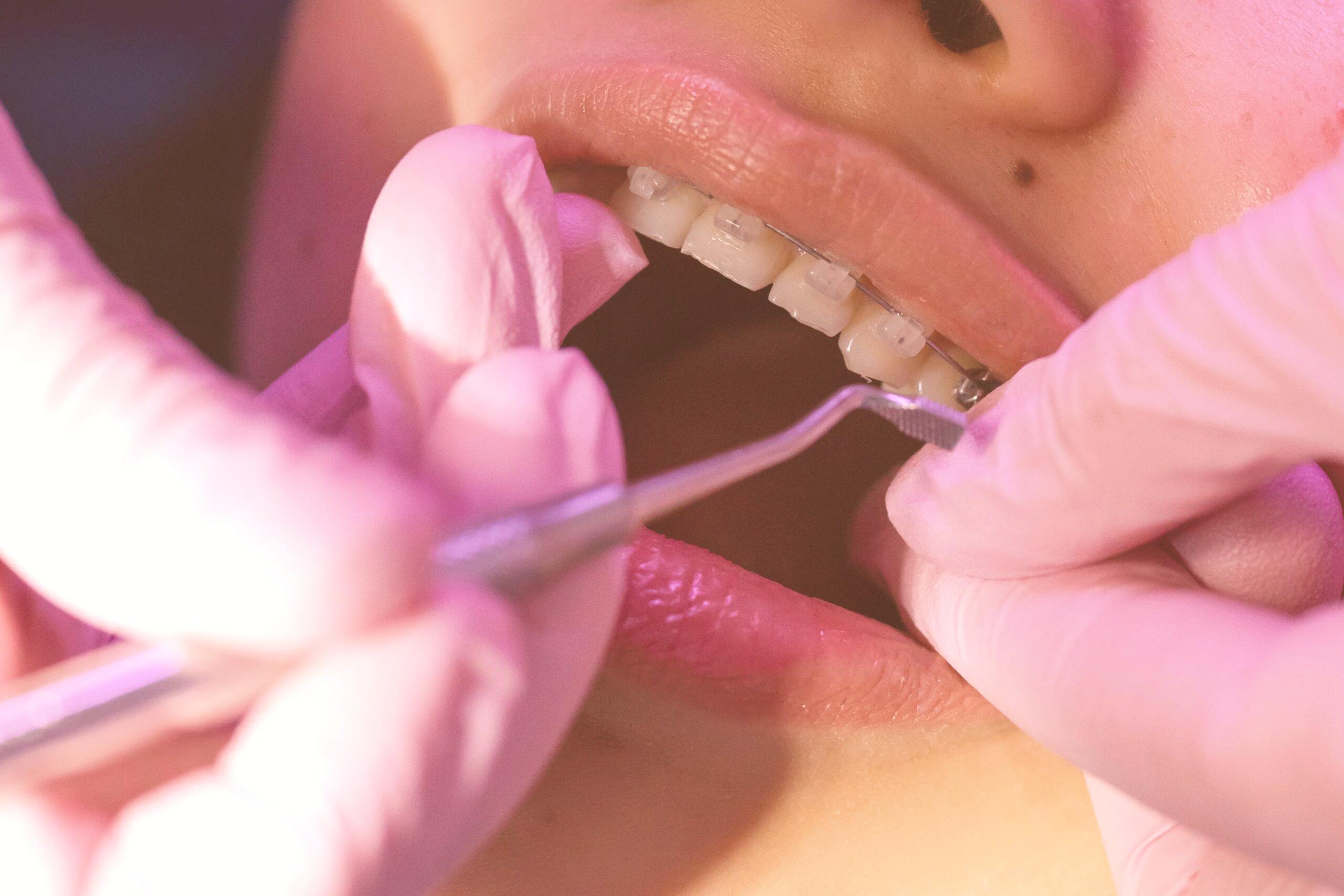Both dentists and orthodontists play essential roles in dental care, but there are distinct differences in their training, expertise, and the scope of services they provide when it comes to teeth straightening.
Dentist for Teeth Straightening:
- General Dental Care: Dentists are primary dental care providers who offer a wide range of dental services, including preventive care (cleanings, exams), restorative procedures (fillings, crowns), and some cosmetic treatments (teeth whitening, veneers).
- Limited Orthodontic Services: Some dentists offer limited orthodontic services, primarily focused on addressing minor alignment issues. They may provide treatments like clear aligners for mild cases.
- Broad Scope of Practice: Dentists treat a variety of dental concerns, making them suitable for overall oral health management.
Orthodontist for Teeth Straightening:
- Specialised Training: All Orthodontists are Dentists with 3 years of additional full time post graduate training, resulting in dental specialisation in Orthodontics and Dentofacial orthopaedics.
- Teeth and Jaw Alignment Experts: Orthodontists specialise in diagnosing and treating complex alignment issues of the teeth and jaws. They have expertise in bite correction and improving facial aesthetics.
- Comprehensive Orthodontic Care: Orthodontists offer a wide range of orthodontic treatments, including traditional braces, clear aligners, and various orthodontic appliances. They can handle cases from mild to severe complexity.
- Monitoring and Adjustments: Orthodontists closely monitor the progress of treatment, making necessary adjustments to ensure teeth move correctly and achieve the desired alignment.
- Treatment Planning: Orthodontists create personalised treatment plans based on a thorough assessment of a patient’s dental and facial characteristics. They address not only aesthetics but also functional and health-related concerns.
- Experience with Complex Cases: Orthodontists are experienced in managing complex cases, such as severe crowding, bite problems, and skeletal issues.
Choosing Between a Dentist and an Orthodontist:
The choice between a dentist and an orthodontist for teeth straightening depends on the complexity of your case and your specific needs:
- Mild Issues: If you have minor alignment concerns, a dentist may be able to provide suitable treatment options like clear aligners.
- Complex Cases: For more complicated issues involving severe misalignment, bite problems, or jaw discrepancies, it is advisable to consult an orthodontist. They have the specialized knowledge and experience to address these challenges effectively.
- Overall Oral Health: Dentists are essential for maintaining your overall oral health, while orthodontists specialise in specific alignment and bite issues.
Questions to Ask a Dentist:
• Are you experienced in providing orthodontic treatment?
• What types of teeth straightening options do you offer?
• Can you assess the complexity of my case and recommend the appropriate treatment?
• How many similar cases have you treated, and can you provide before-and-after photos of your work?
• What is the estimated duration of treatment for my case, and what is the cost?
• How often will I need appointments for adjustments and progress checks?
• What happens if complications arise during treatment?
• Do you offer post-treatment retention plans to maintain the results?
Questions to Ask an Orthodontist:
• What is your level of education and specialization in orthodontics?
• What treatment options are available for my specific alignment issues?
• Can you explain the treatment plan and what I can expect during the process?
• How often will I need to visit for adjustments, and how will you monitor my progress?
• Can you provide examples of similar cases you’ve successfully treated?
• What is the estimated cost of treatment, and are there payment plans or insurance options available?
• What is your approach to managing pain or discomfort during treatment?
• What is the plan for post-treatment retention, and do you provide retainers or follow-up care?
• How do you handle emergencies or complications during treatment?
• What is the expected outcome in terms of both aesthetics and oral health improvements?
By asking these questions to both dentists and orthodontists, you can make an informed decision based on the specific needs of your teeth straightening journey. It’s important to choose a provider who can effectively address your case and align with your treatment goals.





